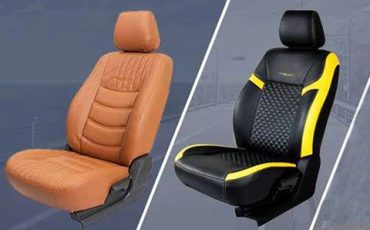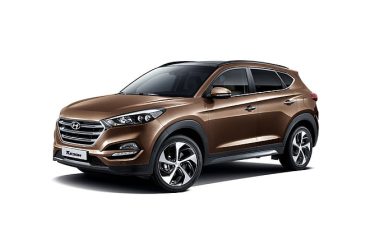The most cost-effective automatic SUVs in 🇮🇳 India under Rs 10 lakh
Although mass-market cars with automatic transmissions are marginally more expensive than those with manual transmissions, many people prefer them because of their comfort and ease of use. Recently, automakers have started to offer automatic cars and SUVs in multiple trim levels due to their increasing popularity. This is a list of every SUV with an automatic transmission that will be offered in India for less than Rs 10 lakh in March 2024.
Read More:- Nissan has three new models, including SUVs, coming to India 🇮🇳 in the next three years
Nissan magnite
The Nissan Magnite is not only the most reasonably priced SUV in India, but it’s also the most reasonably priced automatic SUV, with prices starting at Rs 6.60 lakh. The Magnite shares two engine options with its cousin, the Renault Kiger: a 1.0-liter naturally aspirated petrol engine and a 1.0-liter turbo-petrol engine. The former is available with a 5-speed AMT gearbox starting with the XE variant.
Renault Kiger
There are two engine options for the Renault Kiger: a 1.0-liter gasoline engine with 72 horsepower and a 1.0-liter turbocharged engine with 100 horsepower. The former, which comes with a 5-speed manual transmission with a 5-speed AMT option, is only available on entry-level models. The base price of the Renault Kiger automatic is Rs 7.10 lakh.
Also Read:- Popular Cars Under 6 Lakh you can buy in 🇮🇳 India
Tata Punch
The Tata Punch shares a 1.2-liter NA petrol engine with its competitors, the Fronx and Exter, but it has one fewer cylinder. The engine comes with a 5-speed manual or 5-speed automatic transmission, and it can generate 88 horsepower and 115 Newton-meters. With a starting price of Rs 7.60 lakh, the Tata Punch Adventure AMT is the SUV’s most economical automatic version.
Hyundai Exter
A 1.2-liter, four-cylinder, naturally aspirated petrol engine with 83 horsepower and 114 Nm of torque is also available in the Hyundai Exter. Standard is a 5-speed manual transmission; a 5-speed AMT is available starting with the S variant and costs Rs 8.23 lakh.
Read More:- Five summer time items you shouldn’t keep in your 🚗 car
Maruti Suzukin Fronx
The Maruti Suzuki Fronx’s base 1.2-liter, four-cylinder petrol engine is mated to a five-speed manual gearbox as standard. Alternatively, an optional five-speed automatic transmission (AMT) is available, with the Delta AMT variant starting at Rs 8.88 lakh. The engine produces 90 horsepower and 113 Nm when paired with the AMT gearbox, yielding a claimed fuel efficiency of 22.89 kpl.
Tata Nexon
The Tata Nexon narrowly makes the list with a starting price of Rs 10 lakh for the Smart + AMT variant. It has a 1.2-liter turbocharged gasoline engine with 120 horsepower and 170 Nm of torque, coupled to a 6-speed AMT gearbox. A 7-speed dual-clutch automatic transmission is an optional feature for higher gasoline variants.
Read More:- The Complete List of India’s Top 5 Inexpensive SUVs
Benefits of Automatic cars
It is incredibly simple to operate an automatic car. All you have to do to get your car moving is put it in drive. To change gears, you don’t need to keep navigating or checking the state of the road—the vehicle will do it automatically. You can continue to concentrate on driving and maintaining eye contact with the road.
Because you can keep both hands on the wheel and drive without being too distracted, cars with automatic transmissions are marginally safer to operate than those with manual gearboxes. It lowers the likelihood of driving off course by enabling you to keep your eyes on the road and focus on examining the state of the road and vital signs. You can stay in control and comfortable when driving an automatic car because you don’t have to keep moving your hand and leg to change gears.
Read More:- Five summer time items you shouldn’t keep in your 🚗 car
Vehicles with automatic transmissions have greater power. They have an entire gearbox that the vehicle uses in a different way. One “sun” gear drives a “planet of gears,” which comprises the entire gear set. As a result, the vehicle’s torque is distributed more widely, resulting in an increase in power.


